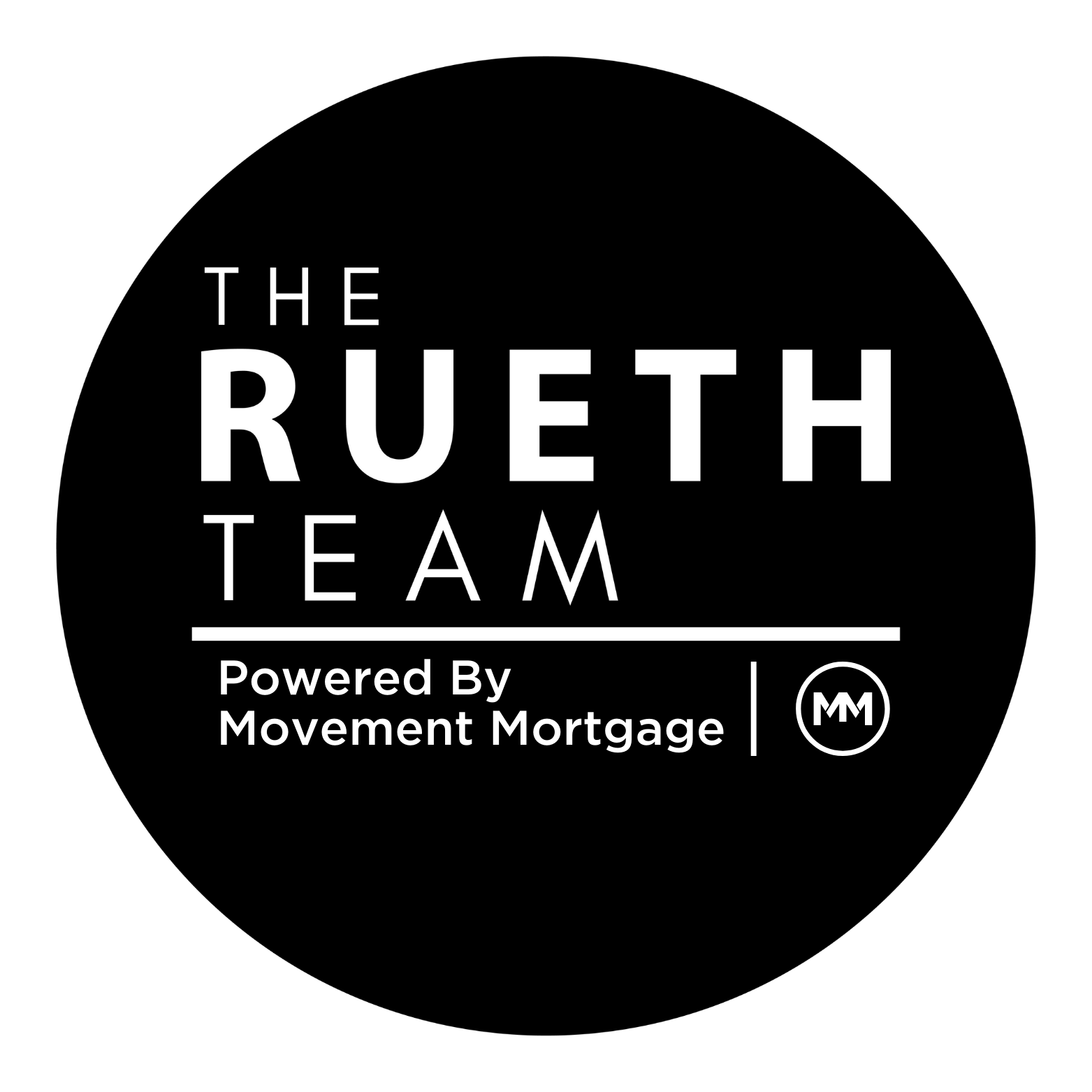From Zero to Hero: Building a Rental Property Portfolio in Denver
When it comes to investing in real estate, building an impressive rental property portfolio can provide a steady source of income and long-term financial security. From single-family homes to apartment complexes, a diversified rental property portfolio offers numerous opportunities for wealth creation and passive income generation. By strategically acquiring and managing rental properties, investors can maximize their returns while building a sustainable and profitable rental property business.
Starting a Denver Rental Property Portfolio From Scratch
A Denver rental property portfolio refers to a collection of rental properties owned by an individual or company in the Denver area. With the thriving housing market and steady job growth, investing in rental properties has become an attractive option for individuals looking to diversify their investment portfolios. A well-managed rental property portfolio can generate consistent rental income, provide long-term appreciation, and serve as a hedge against market fluctuations. In this article, we will explore what exactly a Denver rental property portfolio entails and why it is a popular choice for real estate investors in the area. Whether you are a first-time investor or looking to expand your current portfolio, understanding the ins and outs of rental property portfolios is crucial for success in the Denver market.
Benefits of Investing in a Rental Property Portfolio in Denver
Investing in a rental property portfolio in Denver offers numerous benefits that can help individuals build wealth and secure their financial future.
One of the significant advantages is the potential for tax benefits. Rental property owners can deduct various expenses related to their properties, such as mortgage interest, property taxes, insurance, repairs, and maintenance. These deductions can significantly reduce their taxable income and result in substantial savings.
Another benefit of investing in rental properties is the opportunity to generate passive income. Rental income received from tenants can provide a steady cash flow, which can be particularly beneficial for individuals looking to supplement their primary source of income or retire comfortably. With careful property selection and effective property management, investors can enjoy a reliable stream of income without actively working.
Moreover, investing in rental properties can create long-term wealth and even generational wealth. Over time, property values tend to appreciate, which can lead to significant returns on investment. Additionally, tenants’ monthly rent payments contribute to paying off the property’s mortgage, resulting in equity buildup. This equity can be reinvested or used to acquire additional properties, allowing investors to expand their portfolio and further grow their wealth.
In conclusion, a rental property portfolio in Denver offers tax benefits, passive income, and the potential for generational wealth. By taking advantage of deductible expenses, generating reliable rental income, and benefiting from property value appreciation, investors can build a strong financial future through real estate investing.
Types of Properties to Include in Your Denver Rental Property Portfolio
When building a rental property portfolio in Denver, it’s essential to consider the types of properties that will attract tenants and offer potential for growth and profitability. Denver is a vibrant city with a diverse housing market, making it an attractive destination for real estate investing. In this article, we will explore the different types of properties to include in your Denver rental property portfolio, ranging from single-family homes to multifamily properties and even commercial units. Each property type offers unique advantages and considerations, allowing investors to diversify their portfolio and maximize their returns. By understanding the various property types available and their potential in the Denver market, investors can make informed decisions and create a successful rental property portfolio.
Single-Family Homes
Single-family homes can be a highly advantageous asset class when building your rental property portfolio. These properties offer several benefits and considerations for real estate investors.
First and foremost, single-family homes provide simpler rental management compared to other property types. With just one tenant occupying the property, maintenance and tenant relations are typically less complex and time-consuming. Additionally, finding tenants for single-family homes is generally easier due to the high demand for this type of rental property.
When it comes to financing, single-family homes often have smoother processes. Lenders are more familiar with and comfortable with these types of properties, making it easier to secure financing. Lower risk and consistent demand for single-family homes can also result in more favorable loan terms.
Another advantage of investing in single-family homes is the lower initial investment required. Compared to commercial properties or multifamily complexes, the upfront costs of acquiring a single-family home are typically more affordable. This allows investors to enter the market with less capital and potentially diversify their portfolio by purchasing multiple properties.
Lastly, the potential for increased revenue through value appreciation and reinvestment is a key consideration. Single-family homes have historically shown a higher rate of appreciation compared to other property types. This growth in value can enable investors to build equity and reinvest in additional properties or other financial goals.
In conclusion, single-family homes provide investors with simpler rental management, smoother financing, lower initial investment requirements, and the potential for increased revenue. Including these properties in your rental property portfolio can offer stability and growth in the real estate market.
Multi-Family Properties
When it comes to building a rental property portfolio, including multi-family properties offers numerous benefits and considerations. One key advantage is the potential for stable cash flow. With multiple units on a single property, multi-family investments can generate consistent rental income. Even during economic downturns, these properties tend to fill vacancies quickly due to the high demand for affordable housing.
However, it’s important to be aware of the higher operational costs associated with managing multi-family properties. With more units to maintain and manage, expenses for repairs, maintenance, and utilities can add up. Additionally, the turnover rate for tenants in multi-family properties tends to be higher compared to single-family homes. This means more time and effort spent on finding new tenants and preparing units for move-ins.
Despite these considerations, the benefits of multi-family properties often outweigh the challenges. Stable cash flow and the ability to quickly fill vacancies during economic downturns provide a sense of security for investors. With careful management and strategic decision-making, multi-family properties can be a valuable addition to any rental property portfolio.
By including multifamily properties in your portfolio, you can broaden your investment options and potentially increase your rental income. Just be sure to carefully weigh the operational costs and turnover rates associated with managing these types of properties to ensure long-term success.
Real Estate Investment Trusts (REITs)
Real Estate Investment Trusts (REITs) are investment vehicles that offer a unique opportunity for individuals to participate in the rental business without the hassle of managing properties themselves. With low upfront costs and zero involvement in day-to-day operations, REITs provide a convenient avenue for passive income generation.
By investing in REITs, individuals can benefit from a steady flow of rental income. These trusts typically own and manage a diverse portfolio of income-generating properties, such as apartments, office buildings, and shopping centers. This diversification helps to protect investors from the risks associated with owning a single property.
One of the major advantages of investing in REITs is the liquidity they provide. Unlike traditional real estate investments, which can be illiquid and require substantial time and effort to sell, REITs are publicly traded on stock exchanges. This means that investors can easily buy or sell shares as needed.
Furthermore, REITs offer the opportunity for diversification within the real estate sector itself. By investing in a REIT, individuals can gain exposure to different property types and geographic locations, reducing their risk and enhancing their investment portfolio’s resilience.
In summary, real estate investment trusts (REITs) allow individuals to participate in the rental business with low upfront costs and zero involvement in operations. They provide a steady flow of passive income, liquidity, and the opportunity for diversification within the real estate sector. Investing in REITs can be a smart choice for those looking to add rental properties to their investment portfolio.
Financing Options for Your Denver Rental Property Portfolio
Building a rental property portfolio in Denver can be an excellent investment strategy, offering individuals the opportunity to generate passive income and build long-term wealth. However, one common challenge that aspiring real estate investors face is securing financing for their rental properties. In this article, we will explore various financing options available to individuals looking to expand their rental property portfolio in Denver. Whether you’re a first-time investor or a seasoned landlord, understanding these financing options can help you make informed decisions and maximize the potential returns on your investment. From traditional mortgages to alternative lending options, we will explore the pros and cons of each approach, ensuring you have the necessary knowledge to succeed in Denver’s competitive rental market.
Conventional Financing
Conventional Financing for Real Estate Investment Portfolios: A Guide
When it comes to building a successful rental property portfolio, conventional financing can be a useful tool for investors. This approach involves obtaining loans from banks or financial institutions that conform to the guidelines set by Fannie Mae or Freddie Mac.
One of the main advantages of conventional financing is the opportunity to secure lower interest rates. With lower rates, investors can potentially see a higher return on their investment, leading to increased profitability over time.
To be eligible for conventional financing, there are certain requirements that investors need to meet. One such requirement is a down payment of 20 to 25% of the property’s purchase price. This shows the lender that the investor has a vested interest and a solid financial position.
Additionally, having a good credit score is crucial for obtaining conventional financing. Lenders typically look for a credit score of 620 or higher. A higher credit score not only increases the chances of approval but also allows investors to secure more favorable loan terms.
By utilizing conventional financing, real estate investors can leverage the benefits of lower interest rates and potentially maximize their returns. Knowing the requirements and understanding the process can help investors navigate the world of real estate investment portfolios with confidence.
Alternative Financing Sources and Strategies
When it comes to building a rental property portfolio, alternative financing sources and strategies can provide investors with more options and flexibility. While conventional financing, such as bank loans, is commonly used, there are other avenues to explore. Here are some alternative financing sources and strategies to consider:
- Hard Money Loans: Hard money lenders are individuals or companies that provide short-term loans based on the value of the property rather than the borrower’s credit score. These loans typically have higher interest rates and shorter repayment terms. Hard money loans are ideal for investors who need quick financing or have poor credit, but they may not be suitable for long-term investments due to the higher costs.
- Private Lenders: Private lenders are individuals or groups that lend money to investors directly. These lenders can be family, friends, or other investors looking to earn a return on their capital. Private loans often offer more flexible terms compared to traditional banks, making them appealing to investors. However, private lenders may have stricter criteria and charge higher interest rates.
- Cash Payments: Paying with your own cash is another option for financing rental properties. This eliminates the need for loans and interest payments, allowing investors to maximize profits. However, using your own cash ties up capital and may limit the number of properties you can purchase. It’s important to consider the potential opportunity cost and ensure you have enough reserves for unforeseen expenses.
To attract alternative lenders, it’s crucial to have a lead generation strategy and a projected return on investment (ROI). This shows potential lenders that you have a plan for finding and managing profitable properties. Ultimately, carefully evaluating each financing option based on your specific situation and goals will help you decide which approach is best for building your rental property portfolio.
Building a Profitable Real Estate Investment Portfolio
Are you interested in venturing into the world of real estate investing? Building a rental property portfolio can be a lucrative and rewarding endeavor. By strategically selecting and managing properties, you can generate a steady stream of rental income and build long-term wealth. In this blog post, we will explore the various strategies and considerations involved in building a profitable real estate investment portfolio. From identifying the right property types to understanding market trends and managing tenants, we will cover everything you need to know to get started on the path to financial success. So, whether you’re a seasoned investor looking to expand your portfolio or a beginner taking your first steps, read on to discover the key factors to consider when building a profitable real estate investment portfolio.
Identifying your financial goals and investment strategies
Building a successful rental property portfolio requires careful planning and a clear understanding of your financial goals and investment strategies. By identifying these goals and strategies from the outset, you can create a roadmap for success and maximize the potential return on your investments.
One crucial aspect of setting financial goals is ensuring they are SMART—specific, measurable, achievable, realistic, and timely. Specificity helps you focus on exactly what you want to achieve, whether it’s a certain number of rental units or a specific monthly rental income. Measurability allows you to track your progress and make adjustments as needed. Achievability ensures your goals are within reach, given your current financial situation and market conditions. Realism takes into account both your financial capabilities and the state of the rental market. Lastly, setting timely goals creates a sense of urgency and helps you prioritize your actions.
When it comes to investment strategies, there are various options to consider. The ABC investment strategy, for example, involves building a diversified portfolio by investing in assets across three different categories: appreciation, balance, and cash flow. Appreciation properties, such as those in rapidly growing areas or emerging markets, have the potential to increase in value over time. Balanced properties provide a stable source of income and moderate growth. Cash flow properties generate consistent rental income and have a higher focus on immediate returns.
Another option to explore is real estate syndication, or investing in real estate investment trusts (REITs). These strategies allow you to pool funds with other investors to acquire larger and more profitable properties that might otherwise be out of reach. It also provides a more hands-off approach to property management, as professionals handle the day-to-day operations.
By identifying your financial goals and investment strategies, you can develop a rental property portfolio that aligns with your objectives and maximizes your chances of success in the ever-growing rental market.
Performing Due Diligence on Potential Investments
Performing due diligence on potential investments is a crucial step in building a successful rental property portfolio. This process involves conducting thorough research and analysis to minimize risks and maximize returns. By carefully evaluating each property before making a purchase, you can make informed decisions and increase your chances of success in the rental market.
One of the key factors to consider during the due diligence process is the property’s condition. Assessing the overall state of the property, including its structural integrity and maintenance requirements, can help you determine if any significant repairs or renovations are necessary. Additionally, evaluating the property’s location is essential. Factors such as proximity to schools, amenities, public transportation, and job centers can influence rental demand and potential income.
Another important aspect of due diligence is analyzing the rental income potential. This involves evaluating the current rental rates in the area and determining if the property has the potential to generate sufficient income to cover expenses and provide a positive cash flow. It is also crucial to consider market trends and projections. Understanding the local market dynamics, such as vacancy rates, job growth, and housing demand, can help you anticipate potential challenges and opportunities.
Lastly, conducting financial projections is essential to assessing the investment’s potential returns. This involves estimating expenses, including mortgage payments, property taxes, insurance, and maintenance costs, as well as projecting potential rental income. By carefully analyzing these factors, you can determine the property’s profitability and make an informed decision about its inclusion in your rental property portfolio.
In summary, performing due diligence on potential investments is an essential step in building a rental property portfolio. By diligently researching and analyzing properties’ conditions, locations, rental income potential, market trends, and financial projections, you can minimize risks and maximize returns on your investments.
Understanding the local real estate market and trends
Understanding the local real estate market and trends is crucial for making informed investment decisions when building a rental property portfolio. By having a deep knowledge of the local market dynamics, investors can assess the potential profitability of their investments and make strategic choices.
One important factor to consider is appreciation. Understanding how property values have historically grown or declined in the area can indicate the potential for future growth and return on investment. Additionally, affordability is key. Researching the local housing market to determine if rental rates are in line with the cost of housing can help investors assess their potential rental income.
Population growth plays a significant role in the demand for rental properties. Areas experiencing population growth often have increased job opportunities and a higher demand for housing, making them an ideal market for investors. Job stability is also important to consider, as areas with consistent job growth tend to have a stable rental market.
To effectively research and analyze the local market, investors should evaluate rental rates in the area and compare them to the property’s potential rental income. Examining vacancy rates can help gauge the demand for rental properties. Additionally, researching property demand can provide insights into which types of properties are currently in demand and which areas are experiencing growth.
To summarize, understanding the local real estate market and trends is essential for making informed investment decisions when building a rental property portfolio. Factors such as appreciation, affordability, population growth, and job stability all impact the profitability of rental properties. By thoroughly researching and analyzing the local market, investors can make smart investment choices and maximize their returns.
Common Questions About Denver Rental Property Portfolio Building
What is the 1% rule for investment property?
The 1% rule suggests that a rental property should generate monthly rental income equal to or greater than 1% of its purchase price.
What rental properties are most profitable?
Single-family homes, multifamily units, vacation rentals, and commercial properties can all be profitable, depending on location, demand, and management.
How many properties make a good portfolio?
A diversified portfolio typically includes 5-10 properties, but the optimal number depends on individual investment goals, risk tolerance, and management capacity.
What is the 50% rule in real estate investing?
The 50% rule states that, on average, expenses (not including mortgage) will be about 50% of the gross rental income.
Conclusion
A rental property portfolio can be a lucrative investment strategy for those seeking to establish a reliable source of income and build long-term wealth. With the potential for both cash flow through rental income and appreciation in property values, investors can benefit from multiple streams of revenue. However, it is crucial to conduct thorough research, choose properties wisely, and effectively manage the portfolio to achieve optimal results. By implementing sound investment and management practices, building a rental property portfolio can lead to financial success and a secure financial future.





